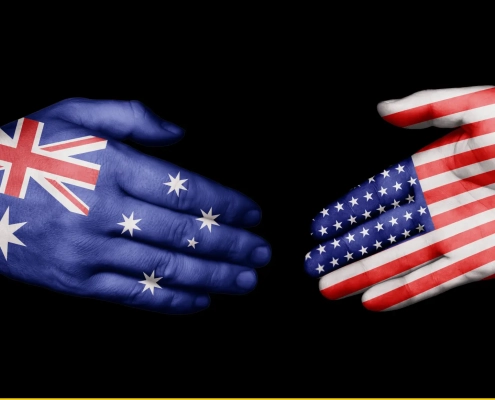Australia Expands Reference Market Inclusion for Medical Devices
Published on: October 29th, 2024
Australia’s Therapeutic Goods Administration (TGA) has recently issued an important amendment to the Therapeutic Goods Medical Devices—Information that Must Accompany Application for Inclusion Amendment Determination (No.2) 2024 (pdf, link), creating new pathways for including certain US-regulated medical devices in the Australian Register of Therapeutic Goods (ARTG). For medical device manufacturers and regulatory professionals, particularly for Class IIa and Class III devices, this change enhances the usability of overseas regulatory certifications in the TGA application process.
Integrating FDA 510(k) with MDSAP Certificates for Class III Device
In this amendment, the TGA will now accept an FDA 510(k) substantial equivalence notification accompanied by a Medical Device Single Audit Program (MDSAP) certificate for Class III medical devices seeking ARTG inclusion. This approach offers flexibility for manufacturers who would traditionally require Premarket Approval (PMA) under section 515 of the US Federal Food, Drug, and Cosmetic (FDC) Act. Instead, they can opt to provide evidence of FDA 510(k) clearance, which demonstrates the device’s safety and effectiveness equivalency to legally marketed devices in the United States.
MDSAP Certificate Use for Class IIa Devices
For Class IIa devices that have obtained an exemption from FDA 510(k) requirements, manufacturers now have an option to streamline the TGA inclusion process by supplying an MDSAP certificate without needing a direct conformity assessment document from the FDA. This is a recognition that, for some devices, the FDA’s 510(k) exemption reflects sufficient assurance of safety and performance.
International Collaboration for Device Access
By integrating MDSAP certification requirements and allowing reliance on FDA determinations, the TGA is minimizing duplicative regulatory burdens on device manufacturers, thereby reducing processing times. This collaborative approach aligns Australia with leading regulatory standards while ensuring rapid access to innovative medical devices for Australian healthcare providers and patients.
What Does This Mean for Manufacturers and Sponsors?
With the option to use existing FDA and MDSAP documentation, the amendment is likely to reduce the time and resources previously needed for Class IIa and Class III device applications. Companies that previously held back on bringing certain devices to Australia due to additional regulatory requirements may now find the ARTG inclusion pathway more accessible and efficient.
For further advice on navigating these changes or if you’re looking to submit a Class IIa or Class III medical device under the amended guidelines, contact our expert regulatory consultants in Australia. We specialize in bridging the gap between international regulatory requirements and TGA standards, helping ensure compliance while optimizing your device’s market entry timeline in Australia.
Grow Medical Device Sales
with
Asia Actual
Asia Actual is a leading medical device consultancy in Asia, specializing in medical device registration and regulatory support to help manufacturers increase sales in challenging Asian markets. We offer comprehensive services, including independent license holding, direct fulfillment, and strategic sales channel support, to ensure your medical devices succeed in the region.






